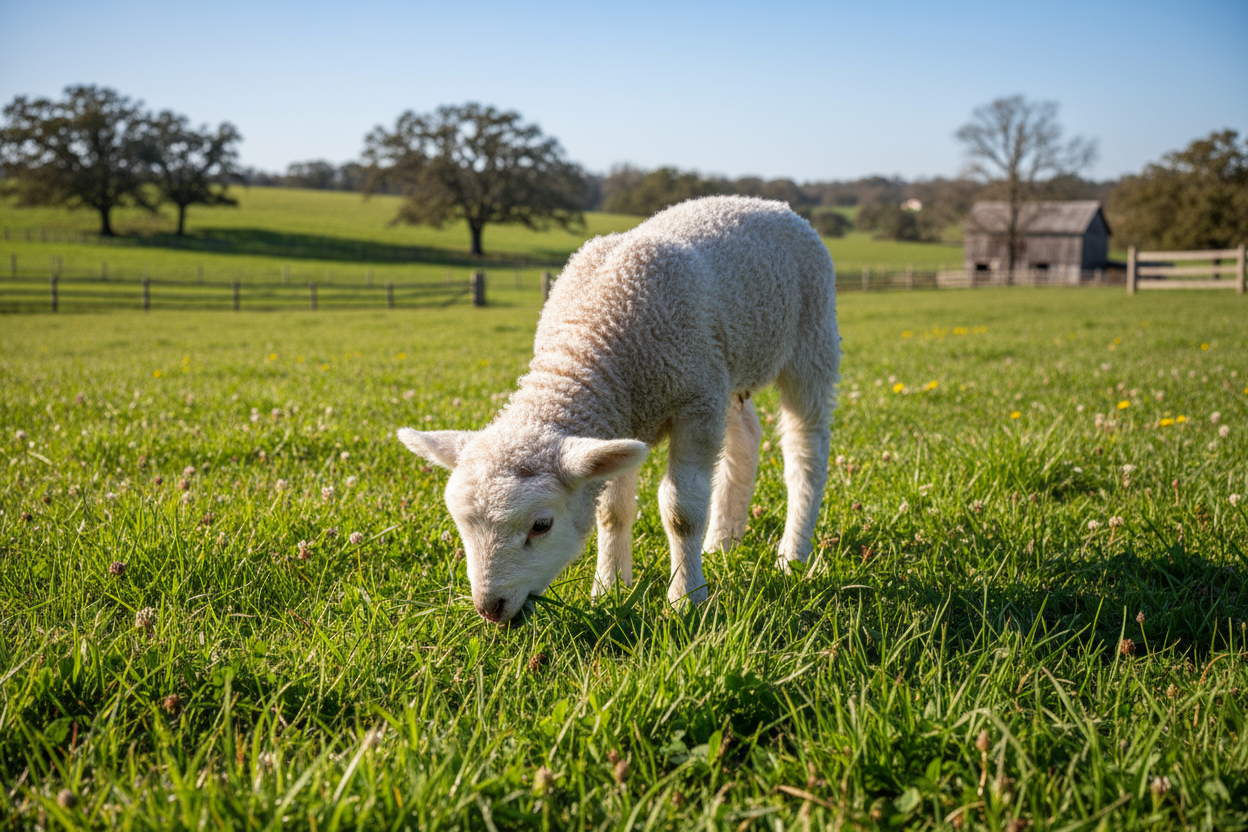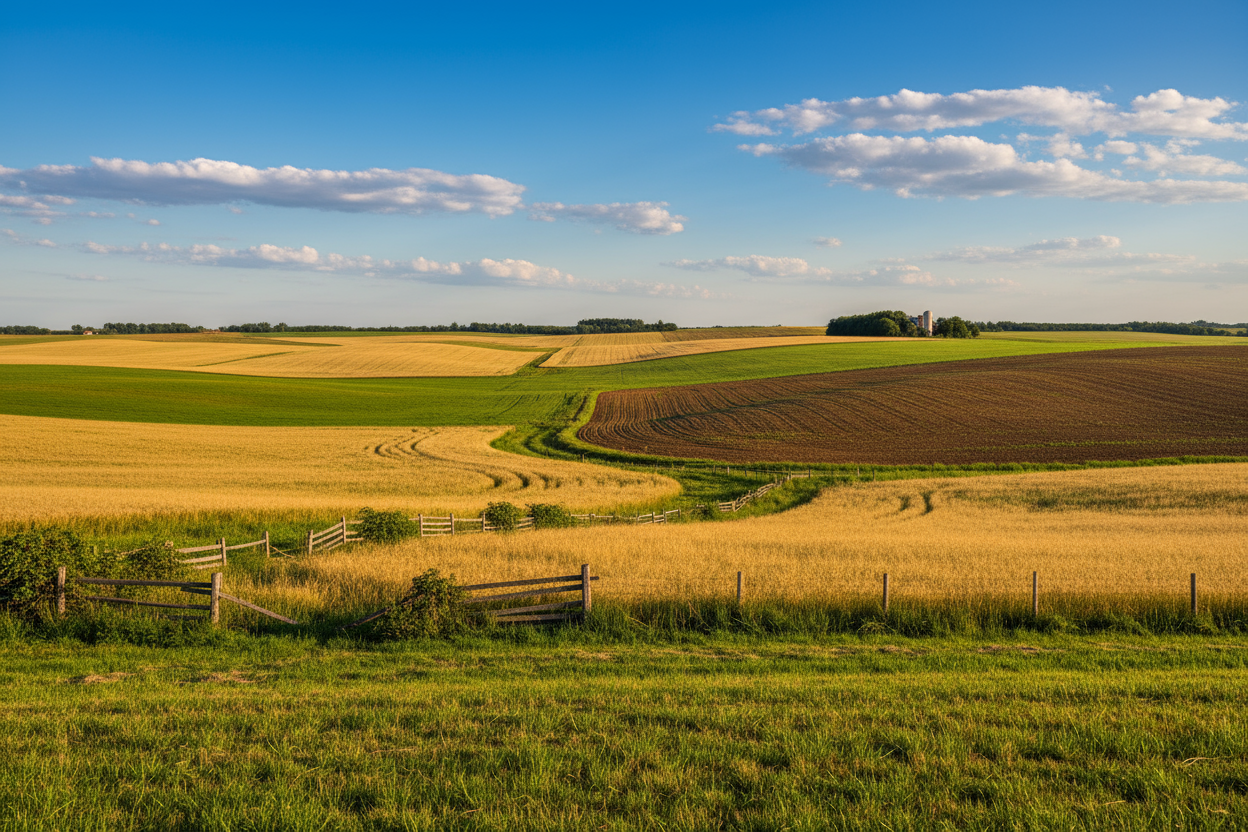What “Grass-Fed” Really Means
Many people are trying to make better choices when it comes to the meat they eat. They read labels like “vegetarian-fed,” “natural,” or “grass-fed,” and assume they’re getting the healthiest beef possible. Unfortunately, not all of these claims mean what people think.
Recently, a customer asked whether beef that is grass-fed for most of its life but finished for 60 days on corn husks and potato skins should still count as grass-fed. The short answer is no.
The Truth Behind “Grass-Fed” and “Vegetarian-Fed” Labels
Some producers raise cattle on grass for part of their lives, then move them into feedlots for the final months. During that time, the cattle are often fed byproducts like potatoes, grain, or distiller’s grains from ethanol production. These are not natural feeds for cattle, and they drastically change the nutritional quality of the meat.
Even when the marketing says “vegetarian-fed,” it’s not the same as grass-fed. “Vegetarian-fed” often means grain-fed, since grains are plant-based. Corn, soy, potatoes, and sunflower seeds may all fall under that label, but they are still unnatural feeds for ruminants. True grass-fed cattle eat what nature intended — green, leafy plants and, in the winter, hay made from those same plants.
Why It Matters
Cattle evolved to thrive on grasses, not high-starch crops. When animals are fed grains or starchy byproducts, their digestion and body chemistry change. That shift alters the balance of essential fatty acids, reduces nutrient density, and increases inflammatory compounds in the meat.
In contrast, 100% grass-fed cattle have the same balance of nutrients found in wild animals — the kind humans have eaten for millennia. That is why meat from truly grass-fed animals supports better overall health and offers the clean, natural flavor that grain-fed beef can never match.
Misleading Marketing in the Meat Industry
Unfortunately, many retailers and brands rely on vague or deceptive marketing to appeal to health-conscious consumers. Terms like “natural,” “pasture-raised,” or “vegetarian-fed” sound wholesome, but they often mask conventional feedlot practices. Even large grocery chains frequently sell grain-fed beef under “natural” or “grass-fed” labels simply because the animals were outside for part of their lives or ate hay at some point.
These half-truths have created confusion across the food industry. The reality is that very few operations raise cattle entirely on grass from start to finish.
What True Grass-Fed Means to Us
At Slanker’s, when we say grass-fed, we mean it. Our cattle spend their lives on open pastures eating the same forages they would have eaten before modern agriculture ever existed. Even in winter, they are fed hay — dried grasses and plants that mimic what they would find naturally during the dormant season.
That’s what “grass-fed” truly means: animals living on the land, eating what nature provides, and producing food that nourishes people the way it should.
The Bottom Line
Be cautious with labels and marketing buzzwords. If beef is finished on grains, corn husks, or potatoes, it is no longer truly grass-fed. The diet of the animal defines the quality of the meat, not the label on the package.
Real grass-fed beef is raised on grass for its entire life. It’s better for the animal, better for the land, and better for you.



